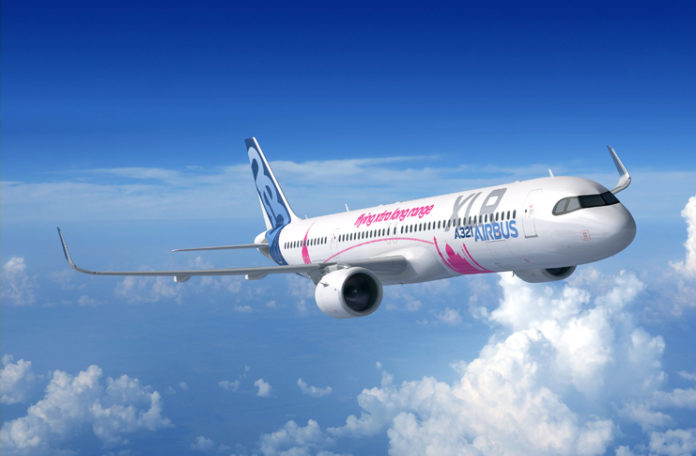
TravelingForMiles.com may receive commission from card issuers. Some or all of the card offers that appear on TravelingForMiles.com are from advertisers and may impact how and where card products appear on the site. TravelingForMiles.com does not include all card companies or all available card offers.
Some links to products and travel providers on this website will earn Traveling For Miles a commission that helps contribute to the running of the site – I’m very grateful to anyone who uses these links but their use is entirely optional. The compensation does not impact how and where products appear on this site and does not impact reviews that are published. For more details please see the advertising disclosure found at the bottom of every page.
With Boeing still in disarray over its ill-conceived 737 MAX, Airbus has used the first day of the Paris airshow to turn the screw and unveil its newest aircraft – the A321XLR. The new aircraft is being promoted as offering a range of up to 4,700nm (~5,410 miles) and 30% lower fuel burn per seat and is expected to appear in airline schedules from 2023.
The Airbus A321XLR
The Airbus A321XLR is the latest variant of the A320neo family where XLR stands for ‘extra long range’ and you start to get an idea of just how much range the aircraft offers when you take a look at Airbus’ infographic and a few maps.
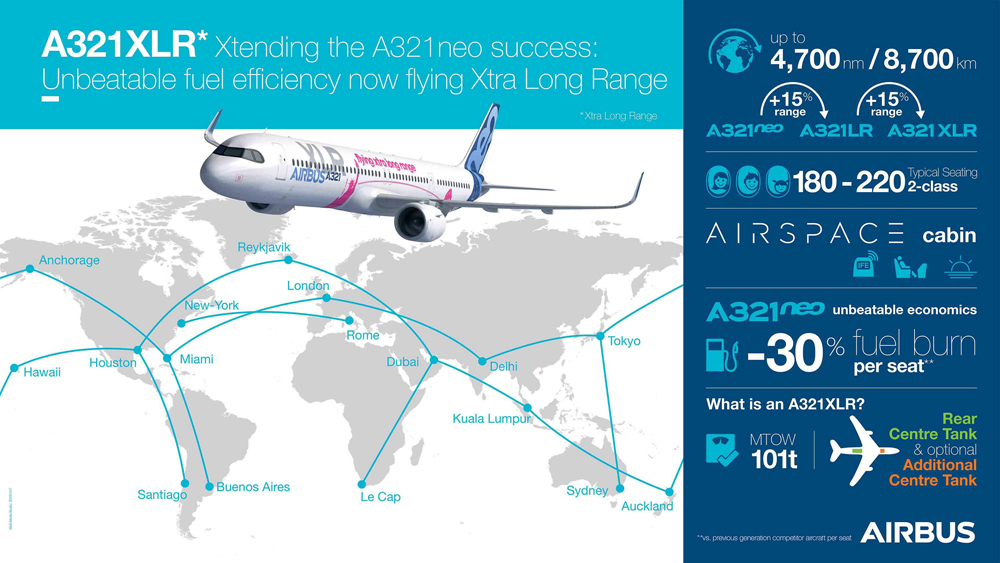
Here’s what 4,700nm looks like when viewed from New York JFK:

As you can see, assuming an ideal load (and no horrendous headwinds), the aircraft could technically reach all of Europe, most of South America and most of Northern Africa.
From London, this is what the range map looks like:

With London Heathrow as its starting point, the aircraft could, technically, make it to most cities on the US West Coast, just about every major city in Africa (outside of South Africa) and large swathes of Asia.
I’m not sure I agree with Airbus’ suggestion that London – Miami and Tokyo – Sydney are good examples of routes the A321XLR would be good for (those routes seem far too popular and far too ‘premium heavy’ for a narrowbody aircraft) but I can see a number of Airbus’ other suggestions making a lot of sense.
In reality, it’s unlikely that most airlines would use the aircraft on the very limits of its range but the possibilities it opens up are very interesting indeed.
Where airlines are currently forced to use larger (and more expensive) widebody aircraft to operate the majority of their long-haul routes, they’ll soon have the option to use the smaller, cheaper and more efficient A321XLR on routes where a widebody isn’t really needed.
Airbus has been saying that its new Airspace cabin (currently fitted to the new A330-900neo which TAP Air Portugal and Delta have recently added to their fleets) will “provide the best travel experience while offering seats in all classes with the same high-comfort as on long-haul widebody aircraft“….and that’s a bold claim.
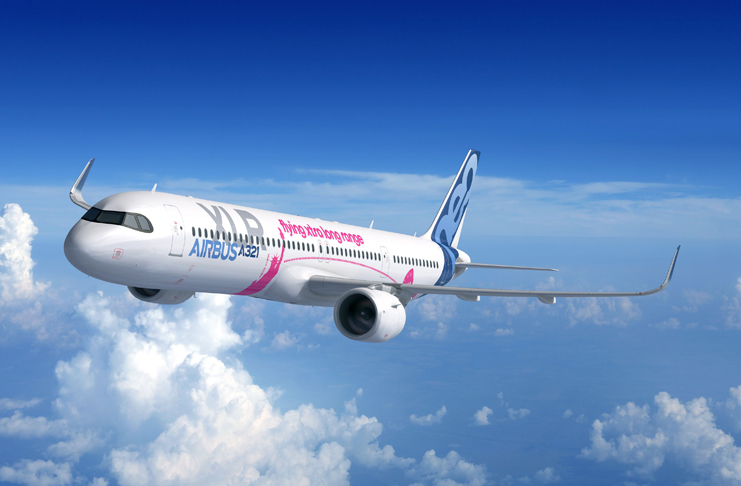
Firstly, there’s rarely any comfort to be found in an Economy Class cabin nowadays so it generally doesn’t really matter if you’re in a single-aisle or widebody aircraft – both offer horribly little legroom and very little seat width.
Secondly, I don’t see the A321XLR offering a Premium Economy cabin any time soon so that’s another area where quite a number of widebody aircraft will offer a more comfortable option than the new aircraft.
Lastly, the comfort in the frontmost cabin will be more dependent on the seats that individual airlines choose to fit rather than anything Airbus chooses to do.
Should an airline elect to offer a similar Business Class cabin to the one that’s currently being fitted to, for example, the Aer Lingus A321LR…
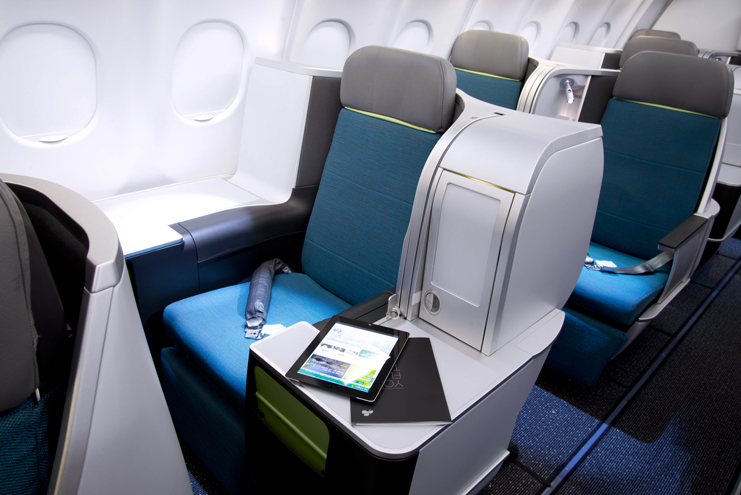
…that’s not going to be as comfortable an offering as you’ll find in a wide range of widebody long-haul Business Class cabins (like American’s 777’s, Delta’s A330’s, Finnair’s A350’s, Air France’s 777s or KLM’s 787 Dreamliners).
Bottom Line
The new Airbus A321XLR is undoubtedly going to be good news for airlines as the aircraft should allow them to save money on routes that currently have to be operated by expensive widebody aircraft but which don’t actually warrant an aircraft of that size.
For passengers, the A321XLR is likely to be a mixed bag.
There’s a good chance that this aircraft will allow a number of airlines to start up routes that they probably wouldn’t otherwise have attempted to operate (for reasons of economy) but, at the same time, I doubt these aircraft will be particularly comfortable for anyone sitting anywhere other than the Business Class cabin.
What’s the furthest you’re currently happy to fly in a narrow-body aircraft?



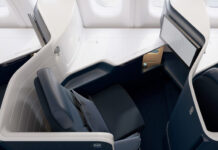


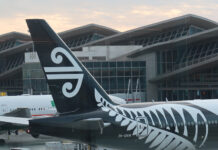

![The ideal 4 card American Express Membership Rewards team [Updated] a glass door with a picture of a man](https://travelingformiles.com/wp-content/uploads/2021/06/Amex-Centurion-Lounge-SFO-featured-741-356x220.jpg)

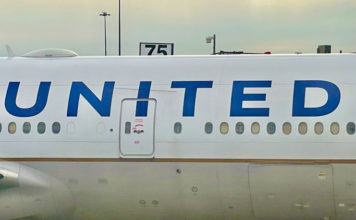


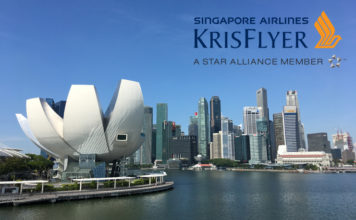




This could be the perfect plane for a Manchester, England or Birmingham hub, including flights to US cities.
Or JetBlue from Boston to anywhere in Europe, even Athens, though the return may be pushing it in the winter.
Or United from Houston to anywhere in South America short of Punta Arenas, Chile, which is too small to support a flight anyways.